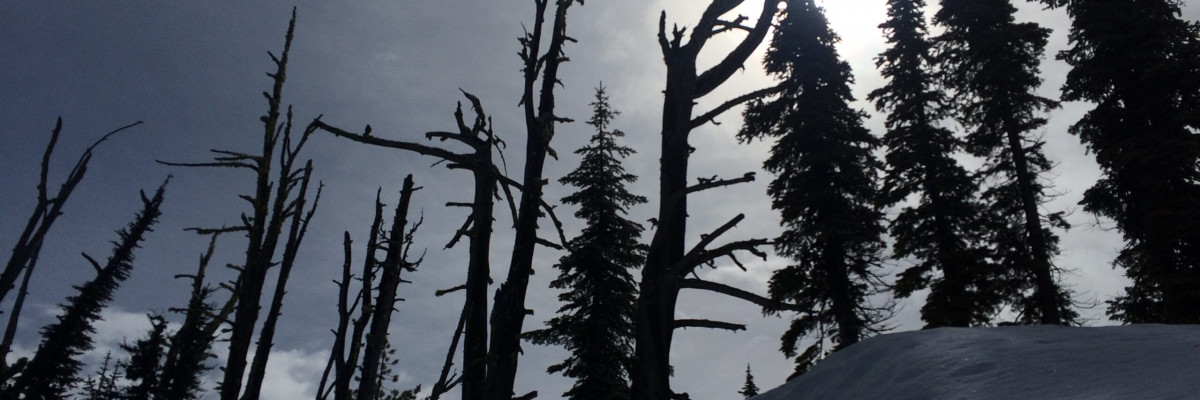The avalanche danger is LOW at all mountain locations in west central Montana. Natural and human triggered avalanches are unlikely. Conditions are generally safe but there are isolated places where it is possible to trigger an avalanche.
Good morning backcountry skiers and riders! This is Steve Karkanen with the West Central Montana Avalanche Center’s backcountry avalanche advisory for Tuesday March 17, 2015. This information is the responsibility of the Forest Service and does not apply to operating ski areas. This is the final Tuesday advisory for the 2014/15 winter.
Mountain temperatures are at or just above freezing this morning with a southerly wind gusting into the twenties at Point Six. Most SNOTEL stations received about a tenth of an inch of rain in the past 24 hours.
Western Montana has been under the influence of a fast moving series of rain showers from the Pacific. All mountain locations received heavy rain Sunday which tapered to intermittent rain shower activity during the past 48 hours.
This rain further deteriorated an already thin snowpack at the mid-elevations and saturated the higher elevation snowpack. Most locations below 8000 feet have already been through rain on snow events not to mention weeks of melt-freeze cycles so the snowpack handled the heavy rain pretty well. We did see evidence of wet loose snow avalanches on very steep west facing terrain that was previously wind loaded from the north.
As temperatures cool with the frontal passage today I expect this snow to lock up tight.
This will be the final Tuesday advisory for this winter. We plan to issue 2 more regular Friday advisories and close down soon thereafter. Logan King will report on avalanche conditions this Friday.














